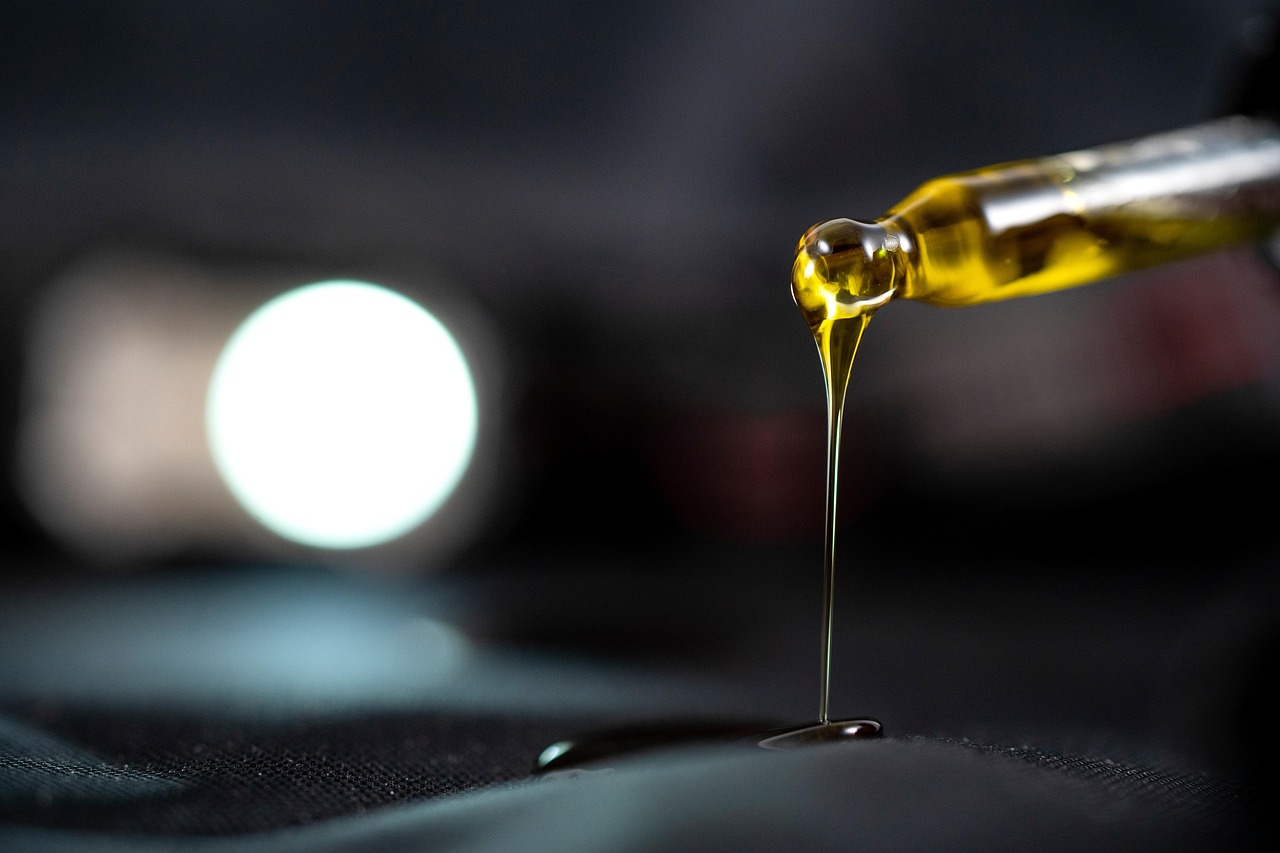Table of contents
Cannabidiol, commonly known as CBD, has surged in popularity in recent years due to its potential health benefits and therapeutic properties. However, the fascinating story behind CBD stretches far back in time. In this comprehensive blog post, we’ll explore the Origins of CBD—uncovering its ancient roots, the evolution of its discovery, and its rise to modern prominence.
Ancient Roots and Early Uses
Historical records indicate that the use of hemp and its derivatives can be traced back thousands of years. Early civilizations in Asia, the Middle East, and Africa recognized the medicinal and ritualistic value of the cannabis plant. Ancient Chinese texts, for instance, document the use of hemp for pain relief, relaxation, and spiritual ceremonies. The Origins of CBD are interwoven with these early practices, where natural compounds in the hemp plant were used to treat various ailments long before modern science could isolate them.
The Evolution of Hemp Cultivation
As agriculture advanced, so did the cultivation of hemp. Farmers across continents began to recognize the plant’s versatility—not only as a source of fiber and food but also for its potential medicinal properties. Over centuries, selective breeding and cultivation techniques helped shape the chemical profile of hemp, setting the stage for the eventual discovery of CBD as a key component. This evolution played a pivotal role in defining the Origins of CBD as we understand them today.
Scientific Discovery and Modern Research
It wasn’t until the 20th century that scientists began to isolate and study cannabinoids systematically. With advancements in analytical chemistry and biomedicine, researchers were able to identify CBD among over a hundred other cannabinoids present in the cannabis plant. Early research highlighted CBD’s non-intoxicating nature and its promise in alleviating conditions such as anxiety, epilepsy, and chronic pain. This marked a turning point in the journey of CBD—from a mysterious component of an ancient herb to a subject of modern medical research.
CBD in the Contemporary World
Today, CBD is celebrated globally for its potential therapeutic benefits. Regulatory shifts and a growing body of scientific literature have paved the way for widespread acceptance and integration into wellness regimes. The narrative of the Origins of CBD continues to evolve as ongoing research further elucidates its mechanisms and potential applications. Consumers now enjoy a wide range of CBD products, from oils and edibles to topicals and capsules, reflecting a blend of ancient wisdom and modern innovation.
Cultural and Economic Impact
The resurgence of interest in CBD has also had significant cultural and economic implications. As global markets expand and regulations relax, the cannabis industry is experiencing unprecedented growth. Entrepreneurs and innovators are exploring new frontiers—from sustainable farming practices to cutting-edge product development. This dynamic landscape not only honors the Origins of CBD but also inspires future research and development, ensuring that the legacy of this remarkable compound continues to thrive.
Sustainability and Future Prospects
As we look to the future, sustainability remains a critical focus for the CBD industry. Many producers are turning to organic cultivation and eco-friendly extraction methods to preserve the integrity of the hemp plant and its environment. By integrating traditional practices with modern technology, the industry honors the Origins of CBD while paving the way for a more sustainable and ethical future in wellness and medicine.
FAQ: Frequently Asked Questions about the Origins of CBD

A1: The Origins of CBD refer to the historical development and discovery of cannabidiol as a natural component of the cannabis plant, with roots tracing back to ancient civilizations that utilized hemp for medicinal and ritualistic purposes.
A2: In ancient cultures, hemp was valued for its versatility—used in making textiles, food, and traditional medicines. Its natural compounds, including what we now identify as CBD, were employed to alleviate pain, reduce inflammation, and support overall health.
A3: Modern scientific investigation into CBD began in earnest during the 20th century, as researchers isolated and identified the compound among over a hundred cannabinoids, recognizing its unique non-intoxicating properties.
A4: CBD’s popularity is largely due to its potential therapeutic benefits, including relief from anxiety, chronic pain, and inflammation, as well as its non-psychoactive nature. This makes it an attractive option for consumers seeking natural wellness alternatives.
A5: The future of the CBD industry is promising, with ongoing research into its benefits, an expanding market, and a growing emphasis on sustainable practices. As regulations continue to evolve, CBD is expected to become an even more integral part of modern wellness and healthcare.






Magnificent site. A lot of useful information here. I am sending it to a few friends ans additionally sharing in delicious. And certainly, thanks on your sweat!